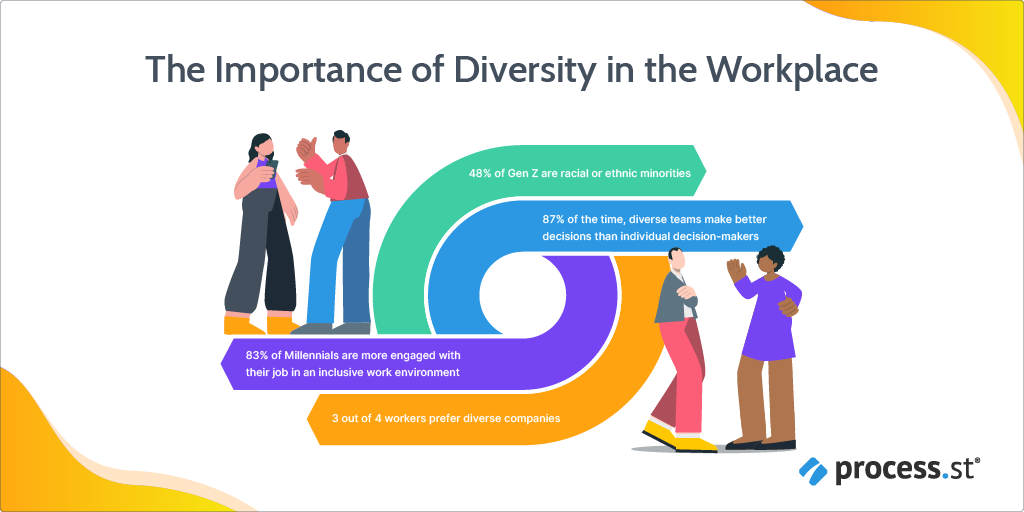Inclusive management takes many forms and is something that needs to be practiced at every stage of an employee's relationship with your company from initial recruiting practices to when they potentially move on to other things.
Inclusive management does involve ensuring that your team and other supervisors have the training and skills to address overt and covert acts of discrimination.
It also requires a certain amount of self-awareness and self-reflection.
What model are you providing for your employees regarding discrimination and prejudice?
Do your marginalized employees feel like they have your active support and do you frequently offer it?
How do you react when you hear someone make a discriminatory comment?
While those questions relate to you specifically, there are steps you can take to make your company more inclusive as well.
Review your recruitment materials. What sort of language is used in the job descriptions and will it attract the widest variety of candidates?
Job descriptions are often gender-coded, for example. We tend to view certain roles as "feminine" while others are "masculine." The language used to describe these jobs enforces that view.
Overuse of words like analytical, autonomous, independent, and leader are viewed as masculine-coded language. Committed, dependable, supportive, and trustworthy are examples of feminine-coded language.
While feminine or neutral-coded language won't stop men from applying, frequent use of masculine-coded language will prevent women from putting themselves forward.
When shortlisting candidates for a position, review which ones end up in the "no" pile versus the "yes" pile.
Are there common characteristics about them? Have you made your decisions based on the candidate's name, educational background, or gender?
Do the candidates that have been shortlisted meet all of the required qualifications or do you just have a good feeling about them?
Most importantly: If an employee tells you that something is offensive - whether it's a word, a behavior, or a situation, listen.
Understand how your employee feels and find a resolution that works for everyone.





